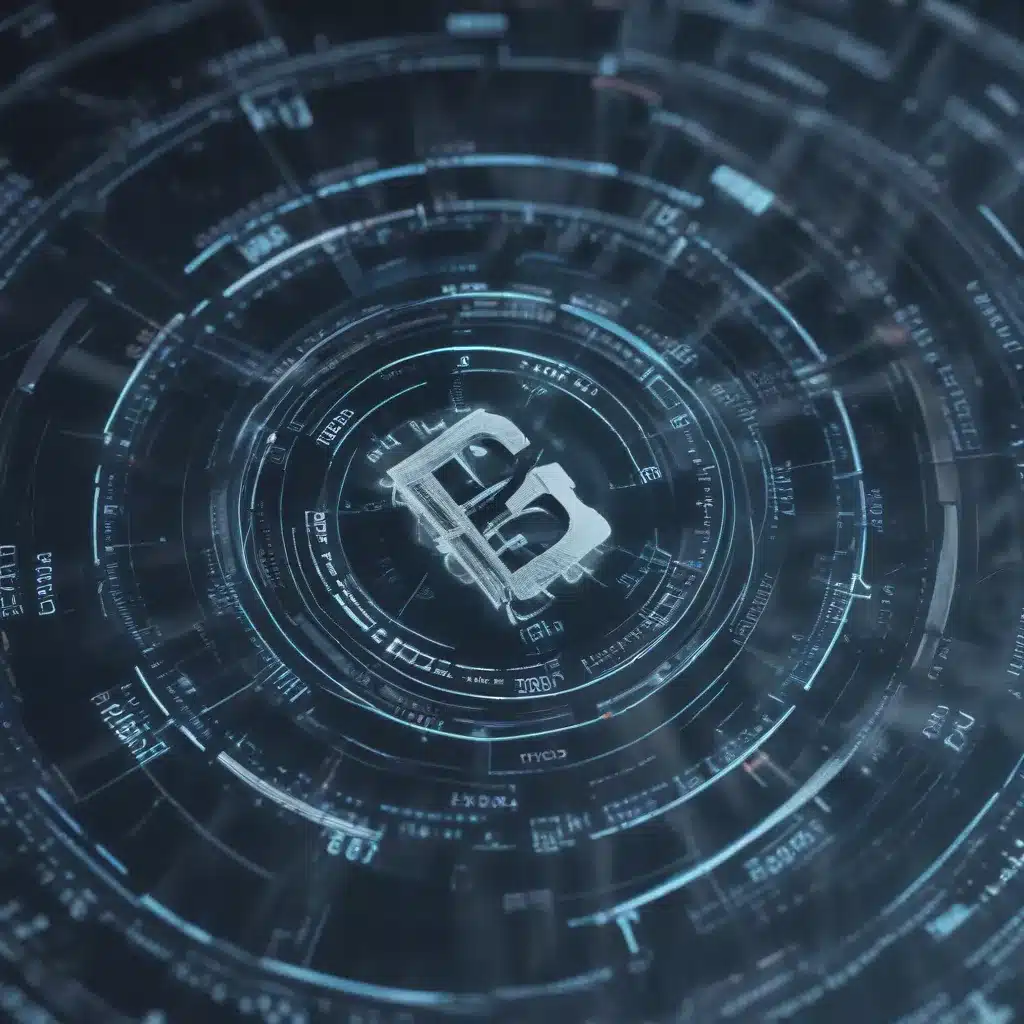
In the rapidly evolving digital landscape, organizations across various industries are grappling with the increasing complexity of IT compliance. As technology continues to transform the way we conduct business, the need to ensure the security, privacy, and integrity of operations has become paramount. Chief Information Officers (CIOs) find themselves at the forefront of this challenge, tasked with navigating a multitude of regulatory requirements while driving innovation and digital transformation.
The Evolving Compliance Landscape
The digital age has ushered in remarkable opportunities for businesses, enabling enhanced connectivity, efficiency, and data-driven decision-making. However, this convenience comes with a significant trade-off: the proliferation of digital identities, the rise of sophisticated cyberattacks, and the ever-changing regulatory landscape.
Proliferation of Identities: The digital age has given rise to a myriad of digital identities, each representing an individual, an entity, or even an IoT device. Managing these identities has become a daunting task for organizations, leading to a surge in security vulnerabilities and identity-related risks.
Identity Fraud and Cyberattacks: Cybercriminals have become adept at exploiting the intricacies of the digital age, capitalizing on lax security measures surrounding digital identities. Identity theft, phishing attacks, and social engineering have become pervasive threats, putting individuals and organizations at risk.
Evolving Regulatory Compliance: As digital identities and technologies continue to evolve, so too do the regulatory requirements governing their use. Organizations must navigate a shifting landscape of data protection laws, privacy regulations, and industry-specific compliance mandates, such as GDPR, HIPAA, and PCI DSS. Failure to comply can result in severe consequences, including legal penalties and reputational damage.
Mastering Governance, Risk, and Compliance (GRC)
To effectively navigate the complexities of IT compliance in the digital age, organizations must adopt a comprehensive Governance, Risk, and Compliance (GRC) approach. CIOs play a crucial role in this endeavor, serving as the linchpin between technology, security, and regulatory compliance.
Identity Governance and Administration (IGA)
Identity Governance and Administration (IGA) solutions have emerged as a powerful tool in the CIO’s arsenal. These platforms provide organizations with the ability to govern, manage, and control user access and permissions systematically. By maintaining a detailed inventory of digital identities and ensuring that each identity aligns with predefined roles and responsibilities, IGA solutions help mitigate identity-related risks.
Multi-Factor Authentication (MFA)
Multi-Factor Authentication (MFA) is another critical component of effective IT compliance. By requiring multiple forms of verification, such as a password, a smartphone, or a biometric identifier, MFA adds an additional layer of security to digital identities, making it significantly more challenging for attackers to gain unauthorized access.
Identity Analytics
Leveraging the power of big data and machine learning, identity analytics empowers organizations to monitor, detect, and predict identity-related risks. By analyzing user behavior and access patterns, organizations can identify anomalies and proactively respond to potential security threats, reducing their overall risk profile.
Blockchain Technology
Blockchain technology is gaining traction as a means to enhance compliance and security in digital identities. Its decentralized and immutable ledger can provide a tamper-resistant record of identity-related transactions, ensuring transparency and trust in a digital ecosystem.
The Role of CIOs in IT Compliance
CIOs are at the forefront of navigating the complexities of IT compliance in the digital age. They are responsible for ensuring that IT systems and processes align with regulatory requirements, while also driving innovation and digital transformation.
Proactive Risk Management
CIOs must adopt a proactive approach to risk management, conducting regular assessments to identify potential compliance gaps and vulnerabilities. By implementing robust security measures and controls, they can mitigate risks and ensure the ongoing protection of sensitive data and systems.
Compliance Frameworks and Automation
Leveraging industry-standard compliance frameworks, such as NIST, ISO, and COBIT, CIOs can establish a structured approach to compliance management and implementation. Additionally, investing in compliance management tools and technologies can help automate routine tasks, ensuring consistency and accuracy in compliance efforts.
Collaboration and Communication
Effective IT compliance requires collaboration and communication across various stakeholders, including legal, compliance, and risk management teams. CIOs must build strong partnerships with these teams, fostering alignment on compliance goals and priorities, and ensuring a comprehensive and coordinated approach to compliance management.
Continuous Monitoring and Improvement
Maintaining ongoing compliance is an ever-evolving challenge. CIOs must implement processes for continuous monitoring, auditing, and reporting to ensure that their organizations remain compliant with the latest regulations and industry standards. This approach allows them to identify areas for improvement and adapt their compliance strategies accordingly.
Embracing the Future of IT Compliance
As the digital age continues to transform the business landscape, the need for robust IT compliance strategies has never been more critical. By leveraging innovative technologies, adopting best practices, and fostering cross-functional collaboration, CIOs can navigate the complexities of IT compliance and empower their organizations to thrive in the digital era.
To stay ahead of the curve, CIOs must remain vigilant, proactive, and adaptable. By embracing a compliance-first mindset and continuously monitoring the evolving regulatory landscape, they can ensure that their organizations not only meet compliance requirements but also enhance trust, mitigate risks, and drive sustainable growth.
Navigating the complexities of IT compliance in the age of digitalization is a formidable challenge, but one that CIOs must address head-on. By leveraging the right tools, strategies, and collaborative partnerships, they can transform compliance from a necessary burden into a strategic enabler, empowering their organizations to thrive in the digital future.












